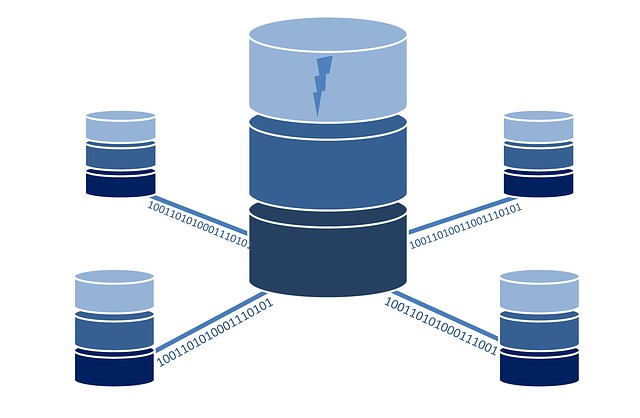I have just come back from a family vacation in Florida and I feel I have seen every attraction over a 2 week period. One thing that did come across was how well Disney have coupled human with technology customer service. In general the overall the customer experience was very good if sometimes intrusive.
In today’s connected world, a customer’s experience spans multiple different touch points throughout their typical lifecycle process. For instance, I want to use multiple channels and sources (e.g. web, chatbot, in-store, social, email) to decide which attractions, rides, trips, and products I want and where to buy them.
The challenge that many enterprise face is addressing their Customer Experience needs is that the IT systems that support this business process have been acquired or built piecemeal over time resulting in silos of information and functionality that, from the customers perspective, results in a fragmented customer experience.
Additionally the explosive growth of social media has left companies scrambling to effectively leverage the opportunities and information from this new point of customer interaction.
The solution is to address customer experience holistically from both the business and IT perspective. This requires that the business and IT work collaboratively to acquire, build, and integrate the systems needed to support a truly cross-channel customer experience solution.
Core Capabilities
First and foremost a company needs to have a CX strategy that covers the three primary business functions, Commerce, Marketing and Loyalty, Support and Service.
- Commerce – focuses on selling a product or service to a customer that includes searching/browsing a catalog, and providing offers and recommendations. Once the customer has decided on particular products, the ordering process must be efficient and accurate even for complex products that require order orchestration. To consistently improve the customer experience, information needs to be collected from all interactions across all point of interaction and made readily available for both historical and near real-time analysis.
- Marketing & Loyalty – drives demand for the company’s products and services and rewards customers for continued business that includes rapidly launching targeted marketing campaigns across all
channels, while building a community of customers that provide feedback, and recommend products to others. This will require a fully integrated loyalty management system to encourage and reward customers for their repeat business, while using the strengths of one channel to overcome the weaknesses in another channel to improve the overall customer experience.
- Support and Service – provides help to customers throughout the customer lifecycle. This has to include providing comprehensive self service (e.g. chatbots), as well as agent based assistance. If need be there must be a seamless hand between the self service and the agent channels. To provide these levels of customer support requires a fully featured integrated account management, and the ability to collecting, correlating, and organizing product support information
Core Information
The three primary types of information needed for customer experience are customer, product, and content.

- Customer and product information needs to be complete, accurate, consistent, authoritative, and real-time and all encompassing (e.g. customer 360 ̊ view). Stale, batch-propagated information is the bane of successful cross-channel customer experience. I have a number of blogs focused on data integration and master data management that is frequently used to deliver these customer and product information requirements.
- Content – Content provides the supporting material for all of the business functions across all touch points and includes wide variety of formats including documents, images, video, templates, etc. It is becoming more common to utilize machine learning to process these types of content assist with customer service (e.g. chatbots)
Cloud Deployment

There are more options today for where to run a solution than ever before. (e.g. on-premise, public cloud, private cloud). The various options for deployment are not mutually exclusive. The customer experience solution might be deployed in two or more different ways.
It is becoming more and more common where businesses are utilizing a hybrid and multi cloud environment to deploy their customer experience solution
Not only might the functional areas be deployed differently (e.g. Marketing & Loyalty as public cloud with Support & Service deployed to on-premise), but even a single functional area might span deployment options. For example, the on-line ordering experience might start (search, browse, recommend) with a system hosted in a public cloud but then transition to an internal system (on-premise) for order management when the customer’s critical information is being handled.
